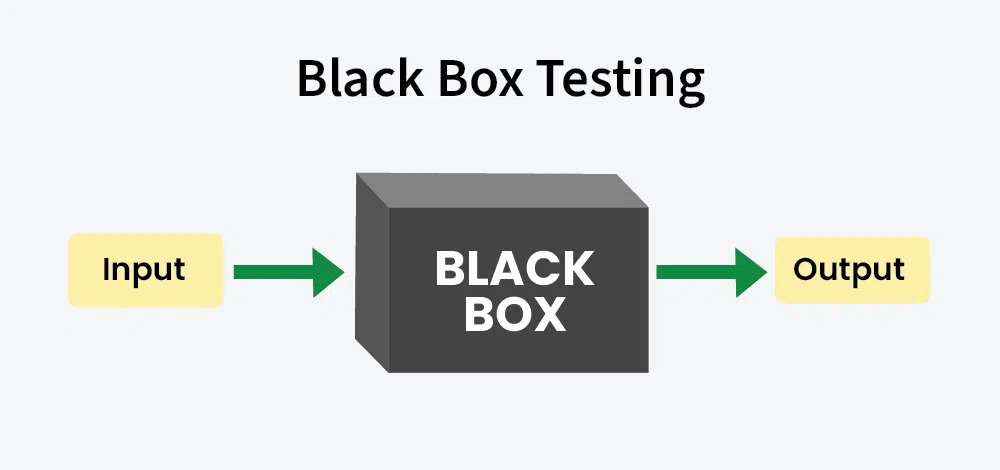
Functional Testing
Functional testing is a type of software testing that focuses on verifying whether a software application performs its intended functions according to the specified requirements. It is primarily concerned with ensuring that the features and functions of the software work as expected, and that it meets the needs of the end-users.
In functional testing, testers check the application's behavior against the functional specifications or requirements. The goal is to ensure that the system performs the correct operations and produces the expected results.
Key Characteristics of Functional Testing
 Input-Output Validation
Input-Output Validation
Functional testing ensures that the system responds correctly to inputs (e.g., user actions or system data) by producing the expected output.
 Feature Verification
Feature Verification
It verifies that all features of the application are working as intended, as described in the requirements document.
 Black-box Testing
Black-box Testing
Functional testing is typically black-box testing, meaning the tester doesn't need to know the internal workings of the system. The focus is solely on the functionality from the user’s perspective.
 Requirements-Based Testing
Requirements-Based Testing
Test cases are designed based on the system’s functional requirements to ensure that the application meets those requirements.




